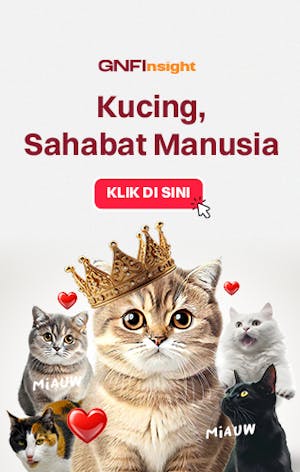Free living coelacanth. Until 1938 the coelacanth was thought to have been extinct for over 65 million years. Then, in September of that year a fishing trawler, operating off South Africa landed a 12 kg coelacanth! In 1998 a second population was dicovered living off Indonesia, 10,000 km away.
Coelacanths are a prehistoric fish and the proper Latin name is Latimeria Chalumnae. In Sulawesi Indonesia, the locals call it the “king of the sea”. It has been described as the missing link between fish and amphibians. Coelacanths were thought to be extinct for 80 million years.

- When you take the fossil imprint from a rock, as you see above. And compare it to one that is living, as seen below....

- Is not any different from a living coelacanth. Which means no evolution took place.
Coelacanth Characteristics Coelacanths can reach a length of close to six feet and can weigh up to 150 pounds. They live in reefs and volcanic slopes at a depth of 300 feet or deeper where even the waters are cool.
The African Coelacanths are dark blue, whereas the Indonesian coelacanths may be more brown than blue. They both have distinctive white flecks.
The Coelacanth backbone is flexible cartilage filled with fluid. Their fin spines are hollow tubes which are very visible in fossils. The name coelacanth comes from the Greek language meaning “hollow spine”.
Their two dorsal are accompanied by a pair of pectoral and pelvic fins. In other species, like the Walking Catfish, these fins became legs. Coelacanths are not able to walk but it does help them with balance and stability.
(source)
Cek berita, artikel, dan konten yang lain di Google News














